Consumer Reports Says EPA Fuel Economy Labels Are Pretty Accurate, Right Before the EPA Changes Them

Barring those pesky instances where automakers were forced to hand cash to buyers as a make-nice gesture, the Environmental Protection Agency fuel economy labels found on window stickers are actually pretty accurate.
That’s the verdict from Consumer Reports’ just-released study on the real-world mileage of 2009-2016 model year vehicles, but it comes with an asterisk. Don’t break out the champagne just yet, EPA.
For its report, CR staged a repeat of its 2005 study of 2000-2006 model year vehicles. That study found a large difference between EPA gas mileage and real-world results (3.3 miles per gallon, on average), prompting the EPA to shake up its testing methodology. Amazingly, it turns out that vehicles often run the air conditioner, accelerate more briskly, and experience winter — things not accounted for in the pre-2008 methodology.
This time around, the EPA has earned a passing grade. CR found that on 397 vehicles, the difference between the regulator’s estimate and the results of its own testing amounted to just a 0.8 mpg difference.
Warning to the EPA: hold off on the celebrations. Of those vehicles tested, the difference in fuel economy ratings varied depending on engine type. According to CR, regular gasoline-powered vehicles fell below the EPA rating by an average of 0.7 mpg, while diesel models topped the rating by the same amount.
The biggest difference was seen on hybrid vehicles. For those models, the average gap between the label and real life rang in at 3.3 mpg — a 9.1 percent difference. When all said and done, 57 percent of vehicles tested by CR saw fuel economy lower than the EPA. Still, the publication noted that over 80 percent of the real-world fuel economy results were within 1 mpg of the EPA label.
The study comes just as the EPA rolls out its new fuel economy testing methodology for 2017 model year vehicles. Because the new tests reflect recent advances in fuel-saving technology, including hybrid technology, the EPA claims some vehicles that are mechanically unchanged since last year could see a lower fuel economy rating. Others, especially naturally aspirated trucks, aren’t likely to see any change.

More by Steph Willems
Latest Car Reviews
Read moreLatest Product Reviews
Read moreRecent Comments
- Corey Lewis It's not competitive against others in the class, as my review discussed. https://www.thetruthaboutcars.com/cars/chevrolet/rental-review-the-2023-chevrolet-malibu-last-domestic-midsize-standing-44502760
- Turbo Is Black Magic My wife had one of these back in 06, did a ton of work to it… supercharger, full exhaust, full suspension.. it was a blast to drive even though it was still hilariously slow. Great for drive in nights, open the hatch fold the seats flat and just relax.Also this thing is a great example of how far we have come in crash safety even since just 2005… go look at these old crash tests now and I cringe at what a modern electric tank would do to this thing.
- MaintenanceCosts Whenever the topic of the xB comes up…Me: "The style is fun. The combination of the box shape and the aggressive detailing is very JDM."Wife: "Those are ghetto."Me: "They're smaller than a Corolla outside and have the space of a RAV4 inside."Wife: "Those are ghetto."Me: "They're kind of fun to drive with a stick."Wife: "Those are ghetto."It's one of a few cars (including its fellow box, the Ford Flex) on which we will just never see eye to eye.
- Oberkanone The alternative is a more expensive SUV. Yes, it will be missed.
- Ajla I did like this one.
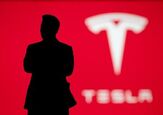















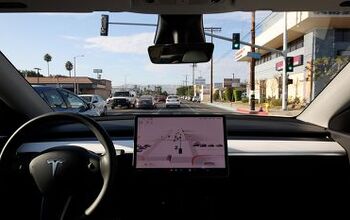
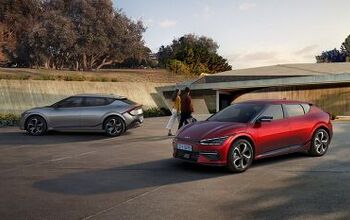
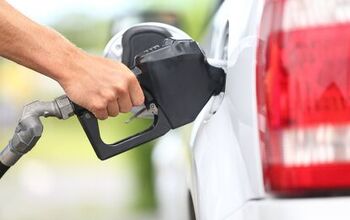

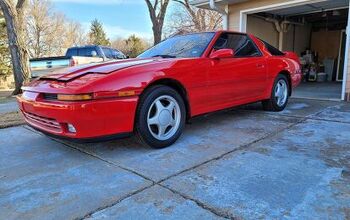

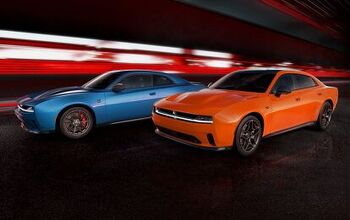



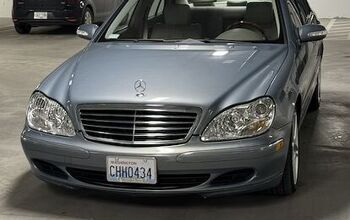
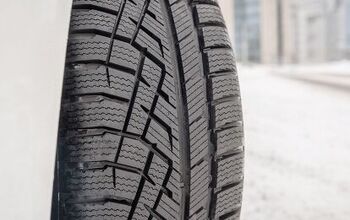
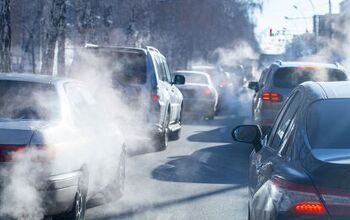

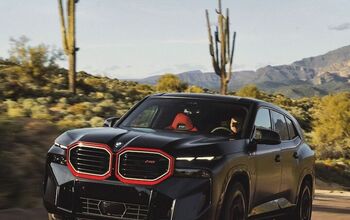
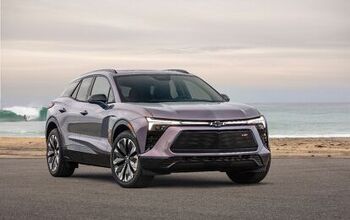
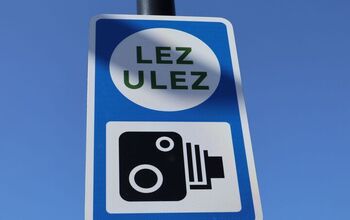
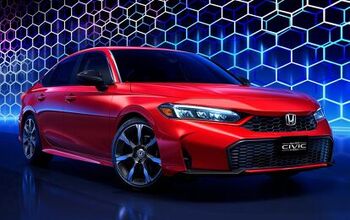
Comments
Join the conversation
EPA testing in no way reflects real-world driving. Gallons per hour would be a very useful measure for a lot of the populace. I had an office in the Adelaide suburb of Dallas for many years. A regularly heard joke there was variations on I-630 traffic, the gist of which goes like this: A guy leaves his driveway at 7AM headed to his 8AM job. At 8AM he calls the office: "I'm stuck in traffic on I-630. Traffic is backed up for MILES. I'll be there as soon as I can." At 9AM he calls the office: "I'm stuck in traffic on I-630. Traffic is backed up for MILES. I'll be there as soon as I can." At 10AM he calls the office: ""I'm stuck in traffic on I-630. Traffic is backed up for MILES. I'll be there as soon as I can." This same call is repeated every hour until 1PM when he calls to say he's just going to head back home and try again tomorrow. He finally finds a way to turn around and head back. At 5PM he calls his wife: "I'm stuck in traffic on I-630. Traffic is backed up for MILES. I'll be there as soon as I can." The message is repeated every hour... There's some truth in the joke. Often urban traffic is just a lot of idling interspersed with a couple of seconds of hot throttle and brake lockup to change lanes. I'd like to know what the economy numbers are for situations like that.
EPA estimates for our '09 Subaru Outback and '14 Impreza are just about right, less than a 5% variance for city, highway, and average MPGs. They were also right about on the mark for my '01 Audi A6 Avant over 110,000 miles of driving.